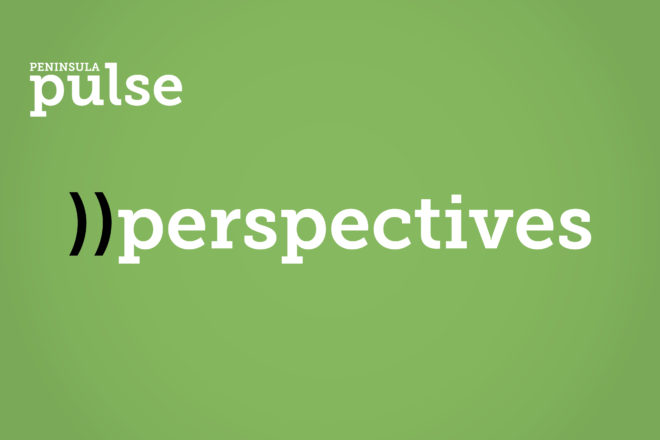Editor’s Note: It’s Apparently Not a Big Deal to Fill Small Wetlands
- Share
- Tweet
- Pin
- Share

I’ve been told it’s not a big deal that the proposed Fleet Farm development in Sturgeon Bay has received a permit to fill some wetland.
It’s a small amount – 5,550 square feet – a “small and degraded wetland,” as it’s described in a city staff report.
The topic didn’t arise at a city public meeting, so our coverage in today’s paper (“DNR Approves Wetlands Fill for Sturgeon Bay Fleet Farm”) is likely the first time many will learn of it. We, in fact, only learned about it from an email I received from a resident who’s tracking the project.
So it wasn’t hidden; it is contained within that city staff report: “Big wetlands are avoided and protected. There is one small, degraded wetland that is impacted,” the report says.
Given the amount and type of wetland involved, it wouldn’t surprise me if many people thought there was no reason to bring it up during a public meeting. The Wisconsin Department of Natural Resources (DNR), which oversees wetland protection, obviously does not think it’s a problem to fill this 5,550 square feet of wetland so that a Fleet Farm can be built. That agency is the one that issues the permits, and it did so here.
The area that would be filled has been farmed since the 1930s. In the big-ag country where I arrived from (western Minnesota/eastern South Dakota), land often became “farmland” by installing tile beneath the soil to drain the wetlands.
I’m not saying drainage tile was used here. I am saying that this small bit of land is no longer considered worthy of protection, given that it had been farmed since the 1930s up until last year. This apparently also means that this degraded wetland cannot recover. Or that even if it did recover, it would not be worth as much as a Fleet Farm.
The DNR issues general permits, like the one it issued here, when fewer than 10,000 square feet of wetland is requested to be filled. Neither does a general permit, if granted, require mitigation or wetland replacement. The DNR’s wetland general permits “have been created to streamline the regulatory process for projects with minimal adverse environmental impact,” according to its website.
The DNR source in today’s story said the department annually handles “hundreds” of these wetland general-permit requests. Let’s say among the “hundreds” of general permits the DNR annually handles, it approves 200. And let’s say these are not 9,999 square feet, but they are also on the “small” end, like the one at the Fleet Farm site: 5,550 square feet. That would mean 1,110,000 square feet of wetland filled annually in Wisconsin – or, roughly, 25.4 acres.
Is that still not a big deal?
The DNR has already granted the general permit to fill this wetland, so I recognize this is all water beneath the fill. But perhaps those general permits should state that the land being assessed, by definition, is no longer a wetland. Then there wouldn’t be any fuss from someone like me who’s positing that incremental fill in a wetland here and there adds up and becomes wetland degradation across the state of Wisconsin for the price of a general permit – and that is a big deal.


